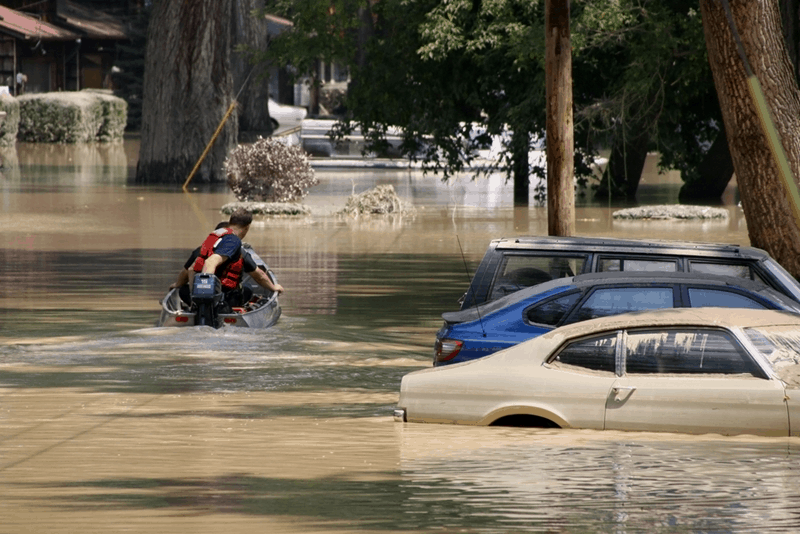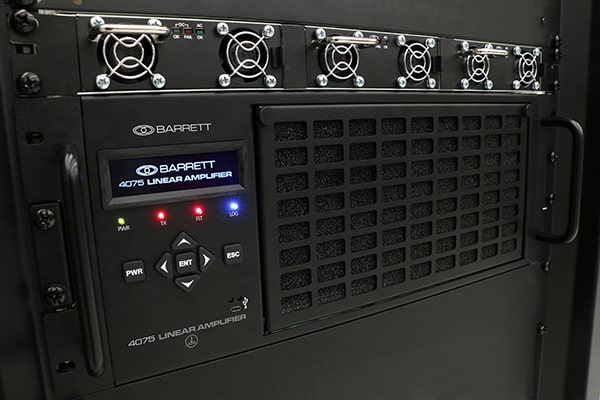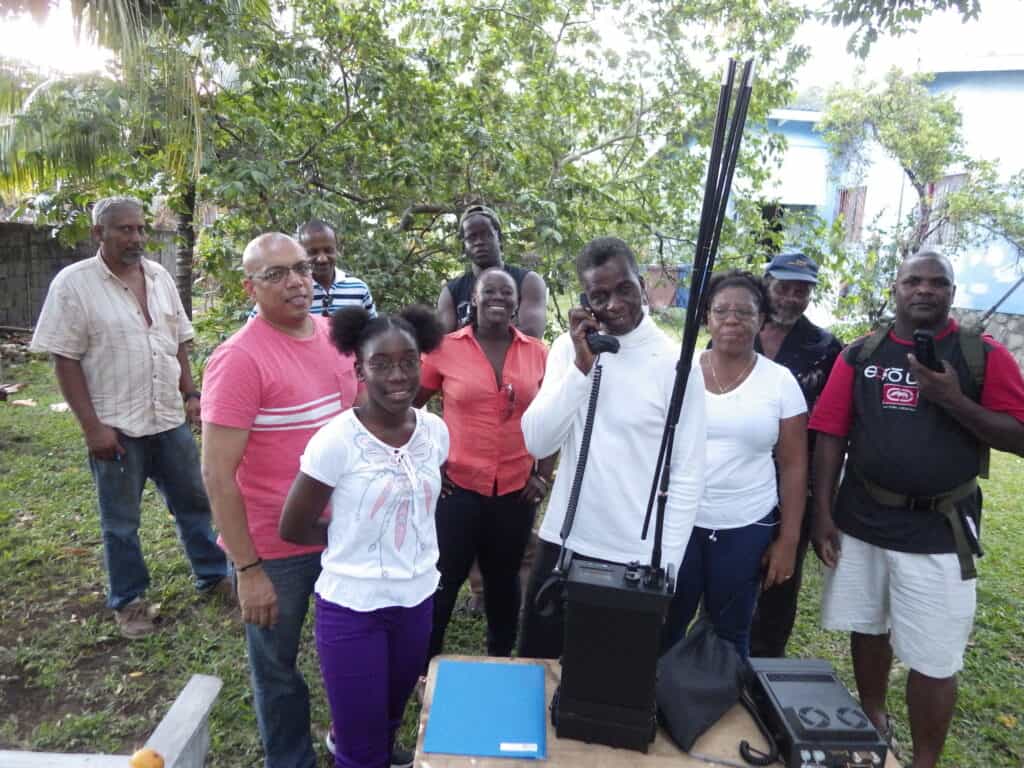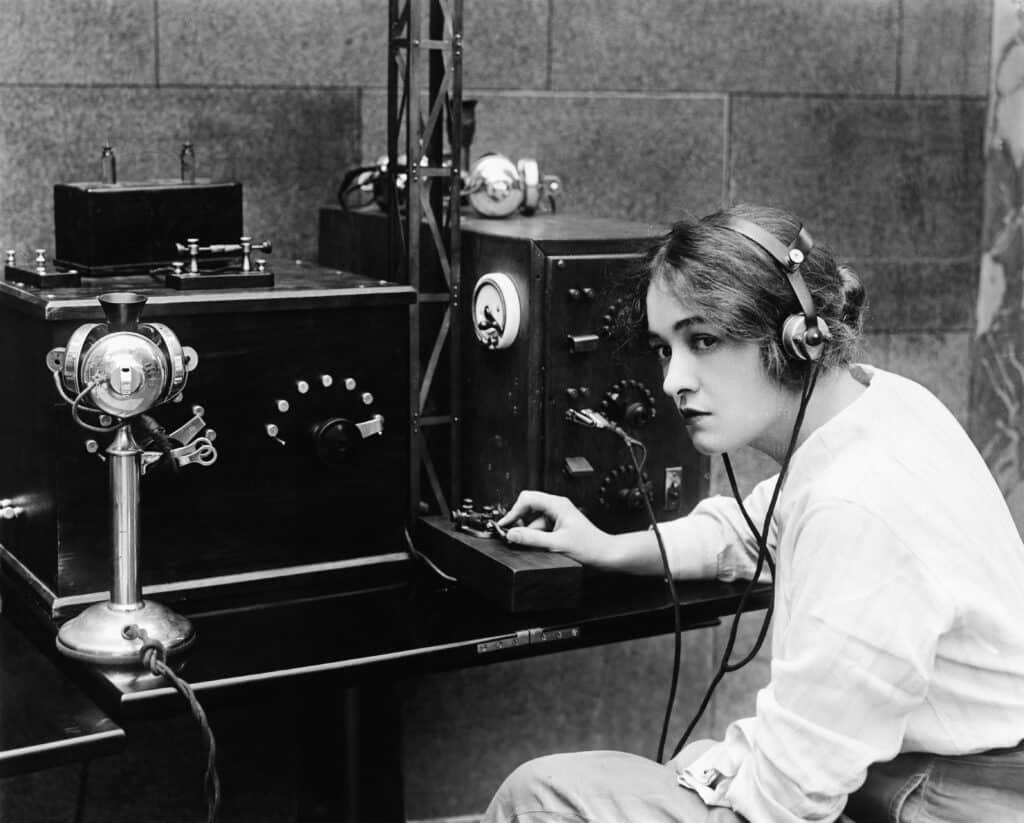Why HF radio is essential in flood relief
No matter how prepared you are, the impact of an extreme weather event can be unpredictable, especially those that cause severe flooding. When it comes to critical or humanitarian teams providing relief to flood victims, implementing a functional HF radio network that withstands extreme weather can lead to operational success.
How is HF radio communication maintained in a flood?
1. Enabling clearer transmissions through digital signal processing
In events of extreme weather voice communications may be distorted or difficult to decipher due to interference from wind or rain, or completely compromised by damaged infrastructure. Digital signal processing, or DSP, intuitively analyses an incoming radio transmission and converts an analogue signal into digital. From this conversion, relevant sound waves can be isolated – in this case, speech. Any excess background interference can be filtered out to increase the transmission quality.
In a flood situation, the filtering out of excess noise is incredibly important when maintaining contact with critical and humanitarian units on the ground – the Barrett 4050 HF SDR transceiver allows for DSP and operability as a static base station and a mobile solution in a vehicle.

A flood can greatly damage the communications infrastructure of a region – HF radio can be set up quickly in a reliable network.
2. Establishing efficient radio networks
Responding to a natural disaster is a race against the clock, especially after a flood. Civilian safety is paramount, and if infrastructure is damaged, rescue and relief operations can be drastically hindered by the lack of communication ability. Modern HF radio solutions allow for a fast establishment of radio networks, with many options operational in mere minutes. Advanced equipment also allows for interoperability between VHF and HF networks, including existing infrastructure and radio equipment from other providers.
In 2015, over 100,000 people in Malaysia needed to evacuate their homes as a result of severe flooding, which greatly damaged existing radio infrastructure in the region. Barrett Communications’ transcievers were used to re-establish secure communications with a local hospital that had been isolated due to the damaged phone network. The use of Barrett radios allowed for a communications network to be quickly established between rural hospitals in the area to coordinate transferring patients between locations via helicopter.

Establishing clear communications that can withstand a range of weather conditions is crucial to the success of your relief operation.
3. Utilising robust equipment
Operating in extreme weather can be challenging enough without the added obstacle of damaged communications. Modern HF radio equipment is designed to operate in a range of conditions that may occur in the field. Often encased in a rigid, durable exterior, equipment such as the 2050 HF Rapid Field Deployment system can withstand shocks and drop. This particular equipment meets MIL-STD 810 standards, where it is proven to remain operable in a range of conditions from high and low altitudes, extreme temperatures, sand and dust exposure, and rain.
For more information on the range of equipment that can benefit your critical or humanitarian relief operations, get in touch with the experts at Barrett Communications.







